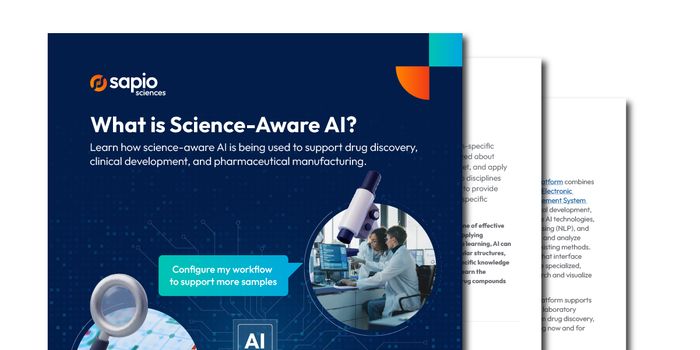AI Innovations in Diagnosing Myopic Maculopathy
What methods can be developed to help identify symptoms of myopia and its more serious version, myopic maculopathy? This is what a recent study published in JAMA Ophthalmology hopes to address as an international team of researchers investigated how artificial intelligence (AI) algorithms can be used to identify early signs of myopic maculopathy, as left untreated it can lead to irreversible damage to a person's eyes. This study holds the potential to help researchers develop more effective options for identifying this worldwide disease, as it is estimated that approximately 50 percent of the global population will suffer from myopia by 2050.
“AI is ushering in a revolution that leverages global knowledge to improves diagnosis accuracy, especially in its earliest stage of the disease,” said Dr. Yalin Wang, who is a professor in the School of Computing and Augmented Intelligence at Arizona State University and a co-author on the study. “These advancements will reduce medical costs and improve the quality of life for entire societies.”
For the study, the researchers used a novel AI algorithm known as NN-MobileNet to scan retinal images and classify the severity of myopic maculopathy, which currently has five levels of severity in the medical field. The team then used deep neural networks to determine what’s known as the spherical equivalent, which is how eye doctors prescribe glasses and contacts to their patients. Combining these two methods enabled researchers to create a new AI algorithm capable of identifying early signs of myopic maculopathy.
“People living in rural areas find it difficult to access sophisticated imaging devices and see physicians,” said Dr. Wang. “Once AI-powered technology becomes available, it will significantly improve the quality of life in worldwide populations, including those who live in developing countries.
How will AI help identify early signs and treat myopic maculopathy in the coming years and decades? Only time will tell, and this is why we science!
As always, keep doing science & keep looking up!
Sources: JAMA Ophthalmology, The International Agency for the Prevention of Blindness, EurekAlert!, ASU News
Featured Image: Dr. Yalin Wang in his office at Arizona State University. (Credit: Nora Skrodenis/ASU)








